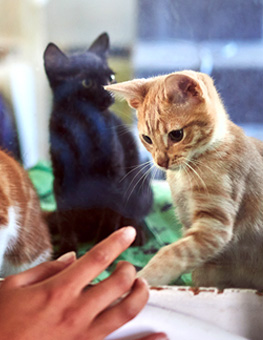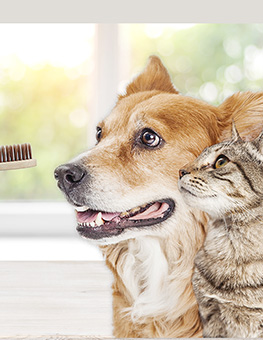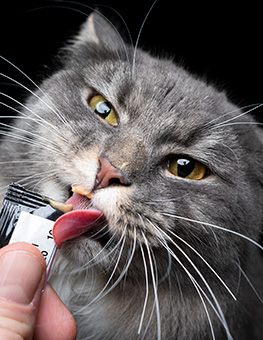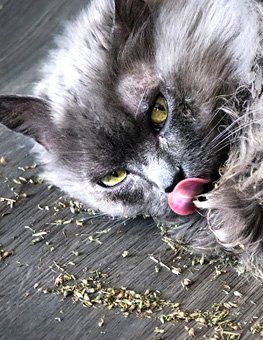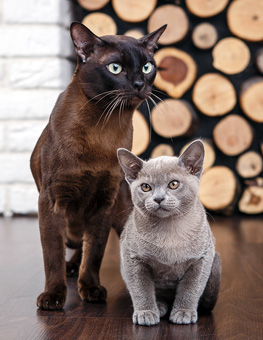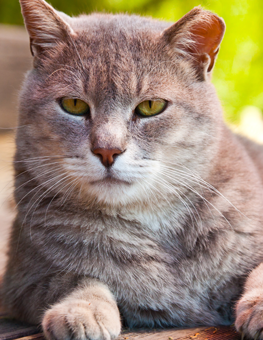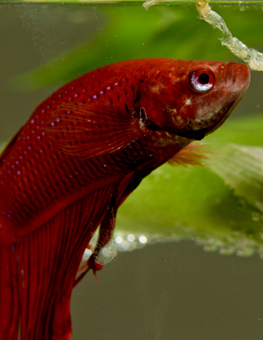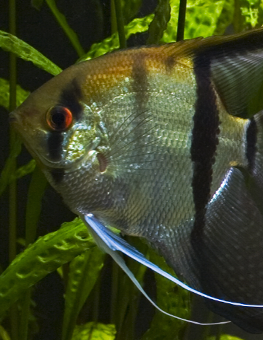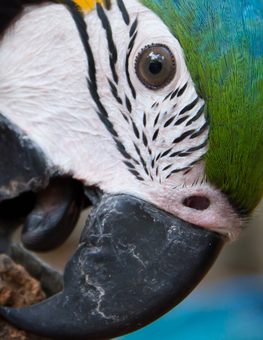Arthritis and the Aging Cat
Would you know if your cat was arthritic? At least 30% of felines aged 12+ suffer from some degree of arthritis.
Arthritis is a degenerative, painful inflammation and swelling of the joints. While arthritis can be triggered by an injury or a systemic infection such as Lyme disease, most arthritis is simply due to aging. As your cat grows older, normal wear affects the smooth layer of cartilage covering the bones. This buffer eventually erodes to the point where bones begin to rub together, causing pain and inflammation. Weight-bearing joints, including the hips, elbows shoulders and ankles are more prone to arthritis, but it also can affect the spine and smaller joints.
Recent studies show that arthritis in cats is more common than previously believed, but many owners often remain unaware that a problem may exist. For one, cats in general are less vocal about pain than other animals such as dogs. They typically don’t develop a pronounced limp like a dog or a horse; and, since many spend a great deal of time outdoors, it is difficult to detect subtle changes in their gait (how they walk). Cats also don’t exhibit the telltale swelling in their joints like other animals. As a result, arthritis can go undetected and untreated for many years, causing significant pain and impacting a cat’s quality of life.
Telltale Signs of Arthritis. Cat owners need to be vigilant of subtle behavioral and lifestyle changes that may indicate a problem. Some things to look for include:
- Difficulty or unwillingness to jump or climb
- Trouble getting up after resting or sleeping
- Litterbox avoidance
- Trouble negotiating stairs
- Increased aggression, nervousness or depression
- Favoring of a limb or limping
Managing Your Cat’s Arthritis. Early detection and diagnosis is extremely important in an effective medical treatment. If you suspect your cat has a problem, the first step is to take her to your veterinarian for a proper diagnosis. While there is no cure, reducing inflammation and pain management are both key to mitigating the debilitating effects of arthritis. Most doctors will recommend a combination of moderate exercise, weight control, anti-inflammatory medications and, in some cases, surgery.
Weight control/diet: Overweight cats are more prone to developing arthritis because excess weight overburdens joints and accelerates joint degeneration. Switching your cat to a light food will help her lose weight gradually and reduce stress on her joints. Dietary supplements can help fortify cartilage in damaged joints.
Moderate exercise: The proper amount of exercise for your cat is a balancing act: too much can put undue strain on her joints and cause her pain, while too little will keep her stiff and sore. Moderate activity will strengthen muscles, keep ligaments and tendons flexible and help blood circulate to stiff joints. Keep tabs on how much exercise she’s getting; finding the right threshold may take some time, but will help make her more comfortable.
Medication: There are several medications that can help control pain and inflammation: Glucosamine, chondroitin, sulfates, MSM, and omega fatty acids can help painful joints. Again, consult your veterinarian for the proper drug or combination of drugs as well as the correct dosage. Do not give your cat human analgesics such as Tylenol, aspirin or Ibuprofen unless directed by your vet; these over-the-counter human medications can be toxic to your pet.
Make Life Easier at Home. Modifying your cat’s home environment can make her more comfortable:
- Provide a source of extra warmth with a heated pad or bed
- Make her favorite perch easier to reach with a ramp or climbing stairs
- Keep her food and water dishes slightly elevated and easily accessible
- Use a low-rise litter box and keep it readily accessible
- Keep her away from cold or damp areas



